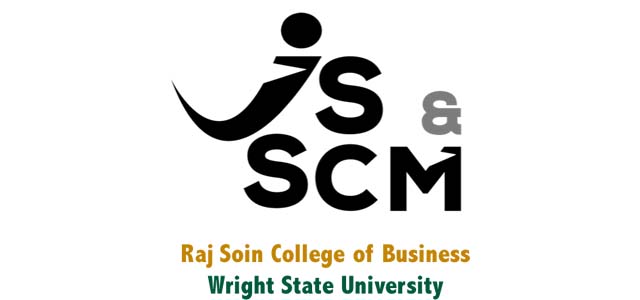Expectation-Reality Gap in Information Technology Discontinuance Intention
Document Type
Article
Publication Date
2023
Find this in a Library
Abstract
Discontinuance intention has been reported as a major concern in the context of manufacturing SMEs. This study examines why user SMEs decide to discontinue the incumbent technology. The study employed the theoretical lens of diffusion of innovation theory, disenchantment-enchantment model, and technology-organization-environment model to develop an integrated Expectation-Reality gap (E-R gap) framework. The research model was examined using data gathered through a cross-sectional survey of 300 SMEs in the Indian manufacturing industry. We found E-R gap in compatibility, technology cost, government support, and ease of use are key reasons for the post-adoption disenchantment of SMEs. Further, we found that disenchanted SMEs' discontinuance intentions are quite strong, and they are more likely to quit from adopted technology shortly. Information systems (IS) researchers can extend the E-R gap model to assess the phenomena of discontinuance intentions in other NIE contexts. Implications for research and practice are discussed.
Repository Citation
Prashar, A.,
Gupta, P.,
Jeyaraj, A.,
& Dwivedi, Y. K.
(2023). Expectation-Reality Gap in Information Technology Discontinuance Intention. Journal of Computer Information Systems, 63 (5), 1057-1069.
https://corescholar.libraries.wright.edu/infosys_scm/154
DOI
10.1080/08874417.2022.2123066


